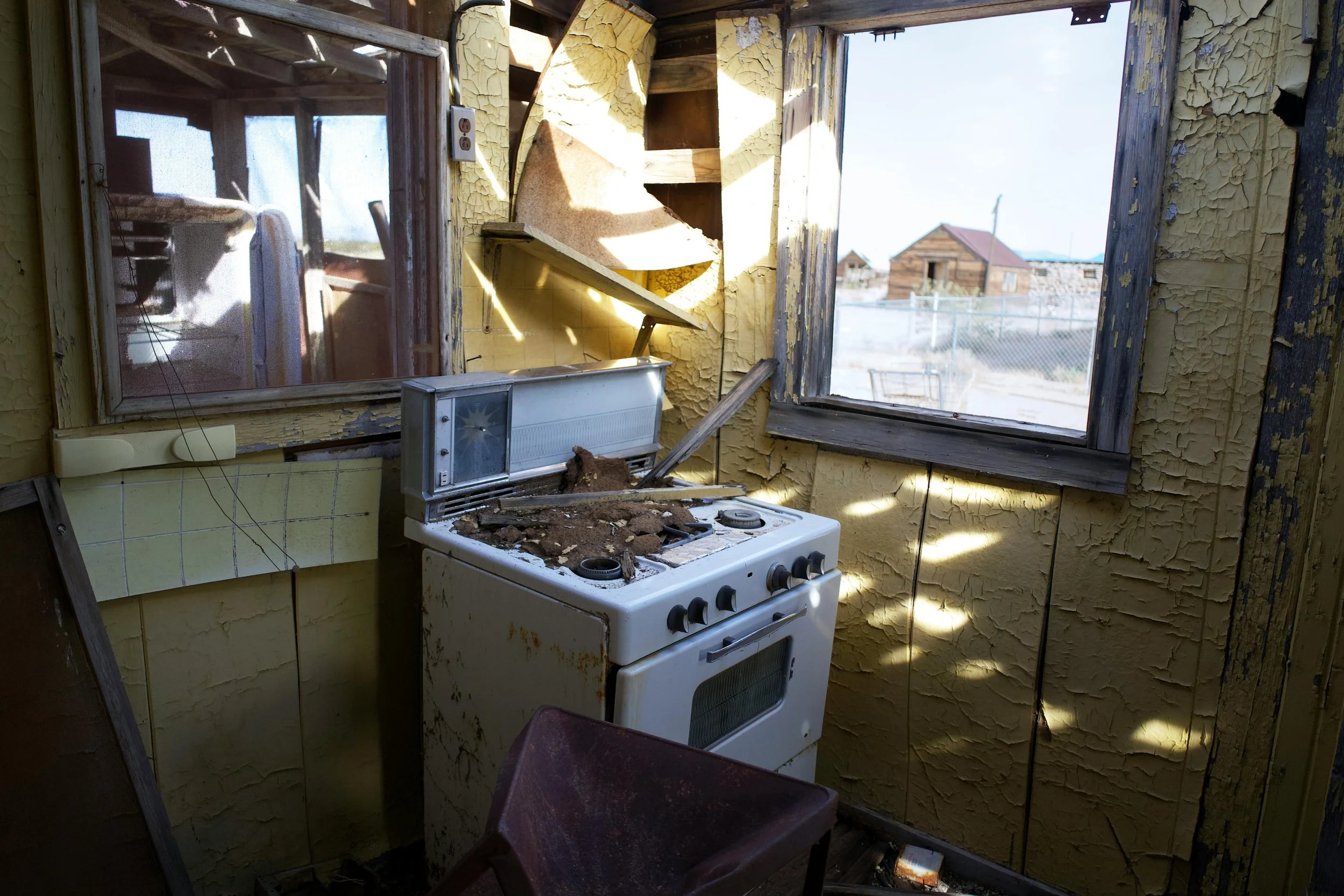What You Need to Know Before Buying a New Range
Buying a new range for your kitchen is an exciting yet significant investment. Whether you're a seasoned home chef or someone who enjoys the occasional meal prep, choosing the right range can enhance your cooking experience and add value to your home. Here's what you need to know before making your purchase.
1. Types of Ranges
Understanding the different types of ranges is the first step:
Gas Ranges: These are preferred by many chefs for their precise temperature control and quick heat response. They require a gas line, so ensure your kitchen is equipped or can be modified to include one.
Electric Ranges: Known for their even cooking and baking, electric ranges are easy to use and install. They come in two main types: coil and smooth-top.
Dual Fuel Ranges: These combine a gas cooktop with an electric oven, offering the best of both worlds. They are typically more expensive but highly versatile.
Induction Ranges: Utilizing electromagnetic energy, induction ranges heat cookware directly, making them energy-efficient and safe, as the cooktop stays cool to the touch. However, they require compatible cookware.
2. Size and Fit
Ranges come in standard widths of 20, 24, 30, 36, and 48 inches. Measure your kitchen space carefully to ensure the range fits. Also, consider the height and depth, especially if you have overhead cabinets.
3. Oven Capacity
Consider your cooking habits:
Single Oven: Suitable for most households, offering ample space for everyday meals.
Double Oven: Ideal for those who entertain frequently or cook multiple dishes simultaneously, as they allow you to bake and broil at different temperatures.
4. Features and Functions
Modern ranges come with a variety of features. Here are some to look for:
Convection Cooking: Uses a fan to circulate hot air, ensuring even cooking and reducing cooking time.
Self-Cleaning: A self-cleaning oven can save time and effort. Options include steam cleaning or high-heat cleaning.
Smart Technology: Wi-Fi-enabled ranges allow you to control and monitor your oven remotely via smartphone apps.
Warming Drawers: Keep dishes warm until you're ready to serve.
Special Burners: Some ranges offer high-heat burners for boiling and searing or low-heat burners for simmering and melting.
5. Energy Efficiency
Look for ranges with an Energy Star rating or other energy-efficient features to save on your utility bills. Induction ranges are particularly known for their efficiency.
6. Budget
Ranges can vary greatly in price, from a few hundred to several thousand dollars. Set a budget before you start shopping, and remember to factor in the costs of installation and any necessary kitchen modifications.
7. Brand and Reliability
Research brands and read reviews to find a reliable model. Brands like GE, Samsung, Bosch, and LG are well-regarded in the market.
8. Warranty and Support
Check the warranty and customer support services offered by the manufacturer. A good warranty can save you money on repairs and replacements in the long run.
9. Installation and Ventilation
Consider the installation process. Gas ranges require professional installation, while electric ranges might be simpler to set up. Also, proper ventilation is crucial, especially for gas ranges, to ensure safety and optimal performance.

